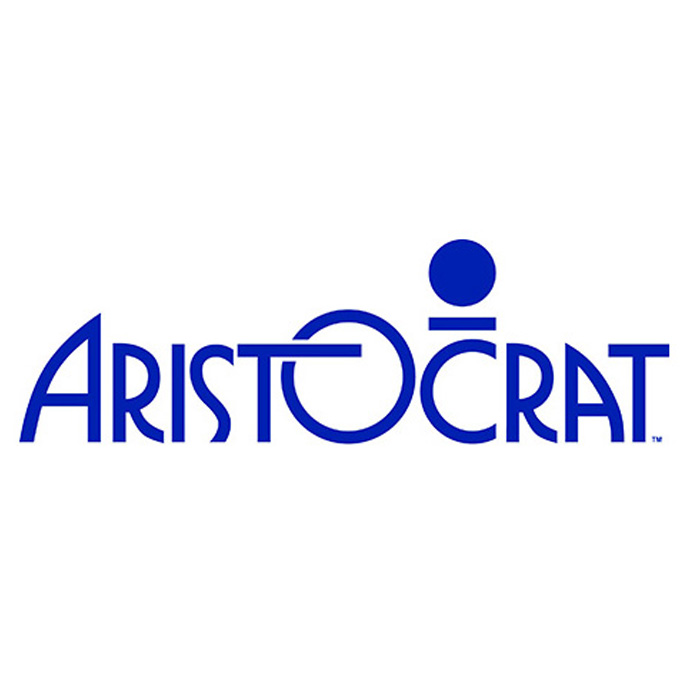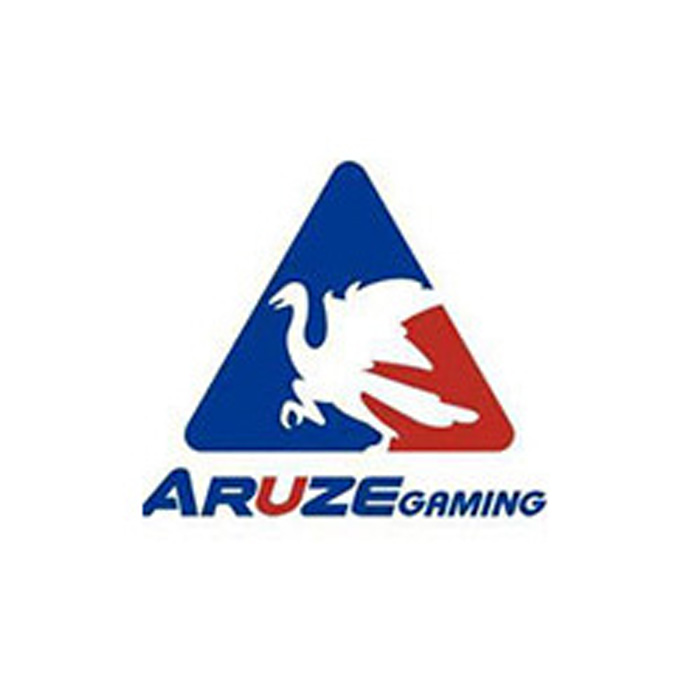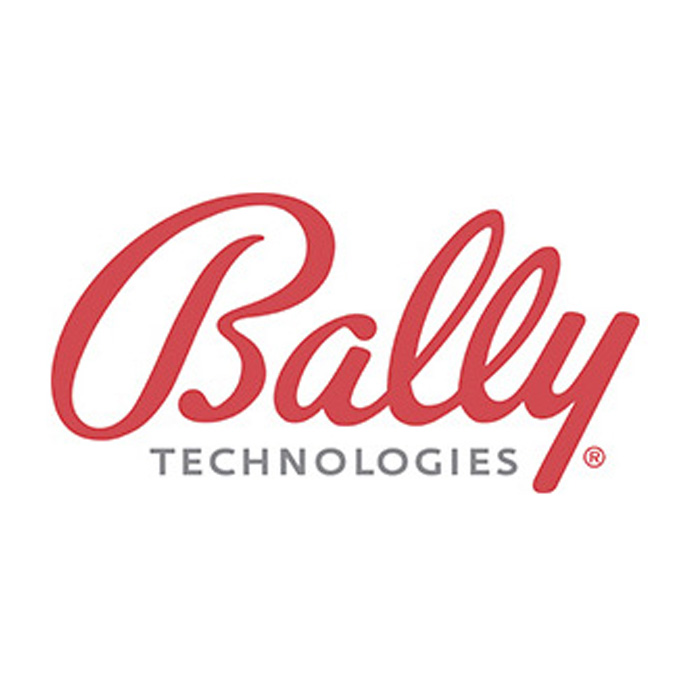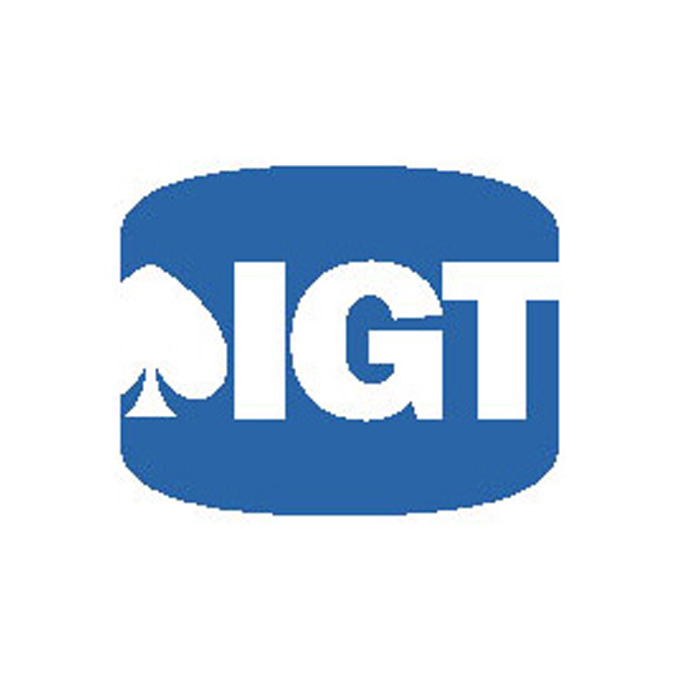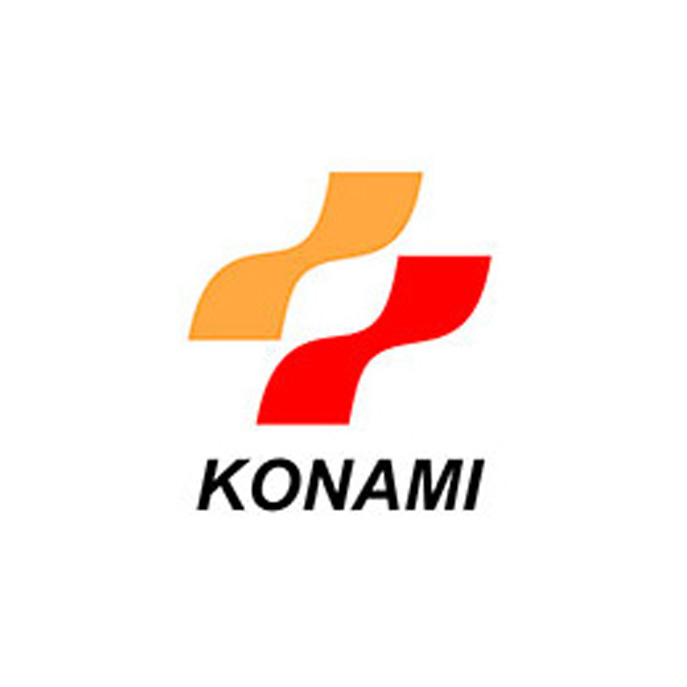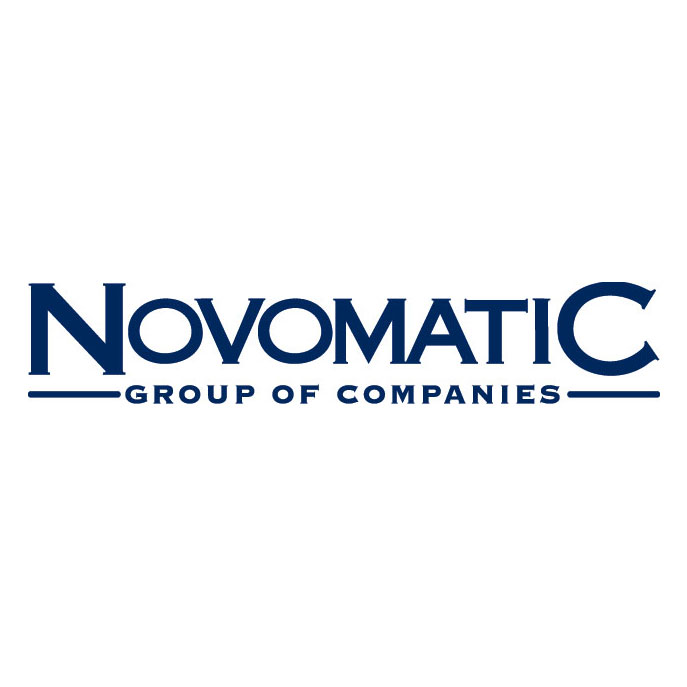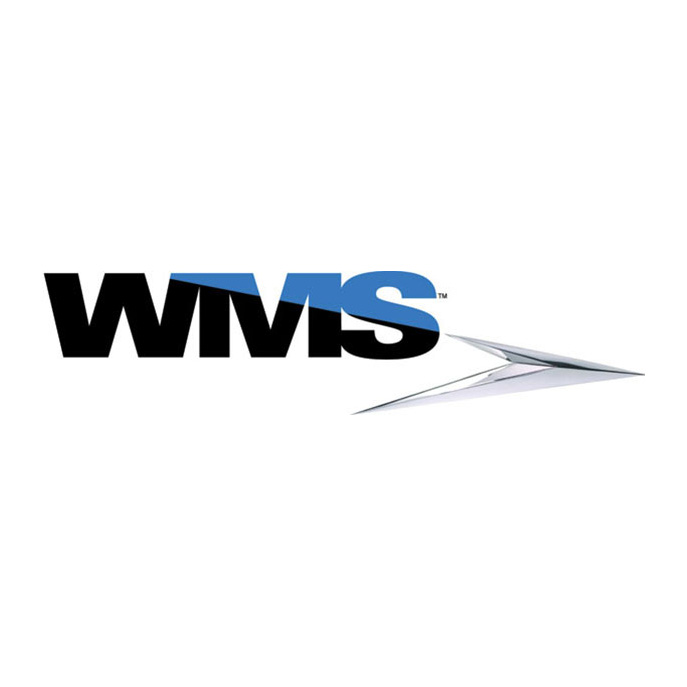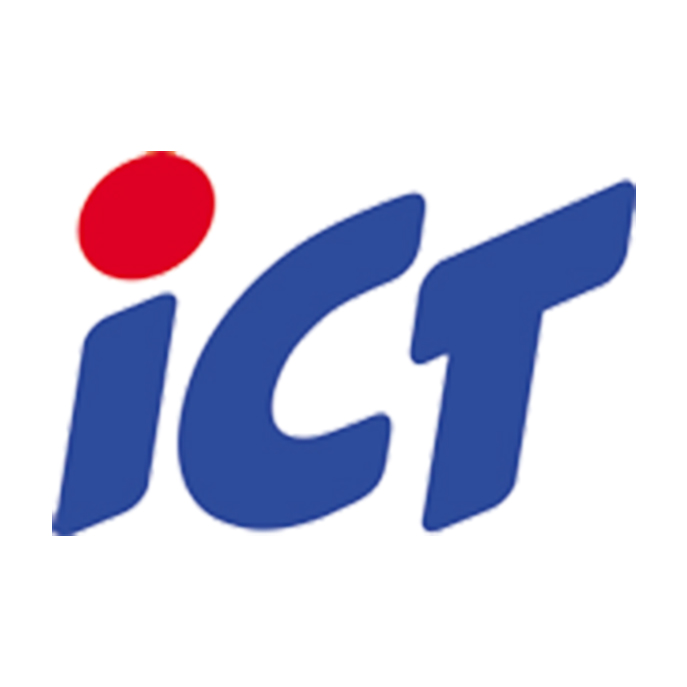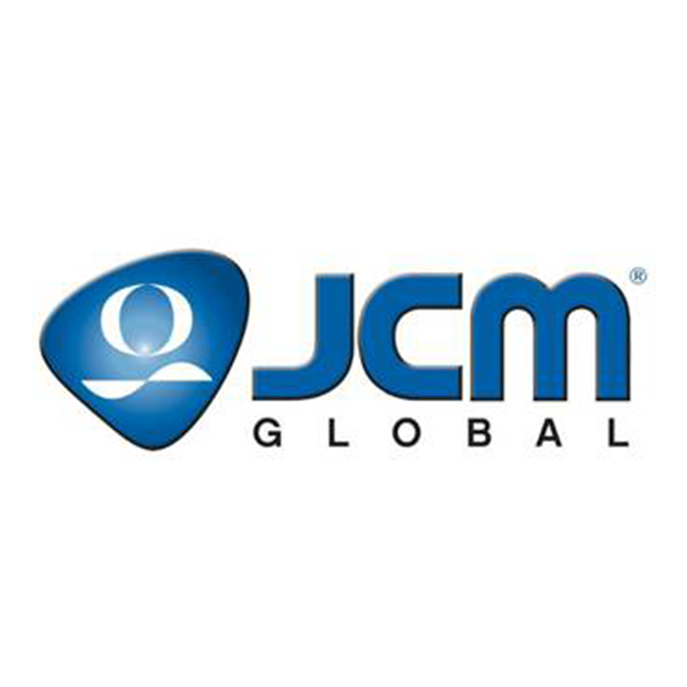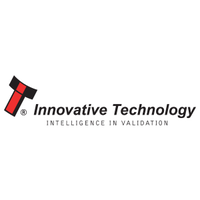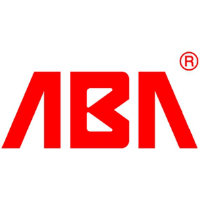Using Surveillance Cameras in Gaming Environments: Ethics and Effectiveness
Surveillance systems are the silent sentinels of modern casinos. Behind every dazzling slot floor and high-stakes table lies a network of cameras that monitor activity 24/7. While their primary role is security, surveillance cameras also impact operational efficiency, regulatory compliance, and customer experience. This article explores the technological landscape, ethical considerations, and functional effectiveness of video surveillance in gaming environments.
Introduction to Casino Surveillance Infrastructure
In the dynamic realm of gaming, surveillance is not a luxury—it’s a necessity. Casinos handle enormous volumes of cash, face the constant threat of fraud, and must comply with strict gaming commission regulations. Surveillance cameras, often integrated with digital analytics and access control systems, form the backbone of casino security. From pit floors to back-of-house cash handling areas, every corner is typically under watch. This allows operators to deter crime, monitor employee conduct, and resolve customer disputes with documented evidence.
Types of Cameras and Recording Technologies
Gaming environments deploy a wide variety of camera types:
- PTZ (Pan-Tilt-Zoom) Cameras: These offer flexible coverage and allow operators to follow movement across the casino floor.
- Dome Cameras: Known for their low profile, these are mounted on ceilings for wide-angle static coverage.
- Infrared Cameras: Provide visibility in low-light areas like storage rooms or restricted zones.
- 4K Ultra-HD Cameras: Offer precise detail capture, important for reading chips, cards, and facial expressions.
Modern systems often use Network Video Recorders (NVRs) connected to high-capacity servers that archive footage for 30–90 days. Some jurisdictions mandate footage retention times depending on local gaming laws. Storage is often encrypted and access-controlled to maintain evidentiary integrity.
Core Use Cases: More Than Just Security
While theft prevention remains the core function of surveillance, the use cases have expanded:
- Fraud Detection: Surveillance can catch chip sleight-of-hand, card switching, or collusion between players and dealers.
- Dispute Resolution: Video footage helps verify outcomes during customer complaints or payout disagreements.
- Operational Insights: Managers analyze crowd patterns and staffing needs by reviewing foot traffic.
- Training: Reviewing footage of incidents offers valuable lessons for dealer and security staff development.
Legal Frameworks and Regional Regulations
Every casino must operate within local and national laws concerning data privacy and gaming conduct. For instance, Nevada mandates specific angles and resolutions for blackjack and roulette tables, while European jurisdictions often enforce GDPR compliance on stored footage. Surveillance systems must be disclosed through signage, and access to footage is limited to licensed personnel. Fines for noncompliance can be severe, especially when audits reveal tampered or lost footage.
Ethics of Constant Observation
The ethical tension between surveillance and individual privacy is particularly strong in entertainment venues. Although casinos are private property, and patrons implicitly agree to monitoring, there are moral limits. Operators must avoid surveillance in restrooms, breakrooms, or private areas, and be cautious about tracking customer behavior beyond operational scope.
Transparency through visible signs, clear privacy policies, and employee consent forms help navigate this balance. Surveillance should always aim to protect—not oppress—patrons and employees.
The Human Element: Surveillance Teams
Behind the tech, surveillance teams—commonly known as "the eye in the sky"—operate 24/7. These professionals are trained to detect subtle behavioral anomalies, recognize common cheat tactics, and maintain logs for compliance reporting. Their decisions can impact payouts, internal investigations, and even police reports.
Proper staffing, continuous training, and procedural audits are vital. Over-reliance on automation without human oversight may lead to missed nuances and wrongful conclusions.
Rise of AI and Facial Recognition
Artificial Intelligence is reshaping surveillance with tools like facial recognition, behavior tracking, and anomaly detection. While promising in identifying banned individuals or suspicious patterns, AI raises ethical and legal challenges—especially when it misidentifies individuals or creates bias.
Casinos must vet vendors carefully, maintain transparency, and implement safeguards such as human validation and opt-out policies where applicable. Responsible AI deployment enhances safety, but unchecked use can backfire legally and reputationally.
Case Study: Atlantic City High-Roller Incident
In 2022, a dispute involving a $100,000 baccarat payout at a major Atlantic City casino demonstrated the power of surveillance. Footage revealed a subtle misdeal and a player's coordinated signals to an accomplice. Without multi-angle coverage and HD playback, the casino might have lost both revenue and reputation. Instead, authorities intervened, charges were filed, and operations were unaffected.
This case highlights how surveillance is not just defensive—it can be a proactive shield against high-stakes deception.
Balancing Public Trust and Efficiency
Players are generally supportive of surveillance if it ensures fairness and safety. However, excessive or covert monitoring can deter patrons. Casinos must balance visible and invisible systems—cameras should act as a deterrent, not as a source of discomfort.
By communicating surveillance intentions clearly and limiting scope to essential areas, venues maintain player trust. Staff awareness programs also ensure respectful use of surveillance tools.
Conclusion: Control, Transparency, Responsibility
Surveillance in gaming is a powerful tool when guided by ethical frameworks and effective management. The goal is not omnipresence but intelligent oversight—protecting assets, ensuring fairness, and enhancing the player experience. As technology evolves, so too must the policies and attitudes governing its use. Transparent procedures, rigorous training, and legal alignment transform surveillance from a watchdog into a trusted partner in operational excellence.
Surveillance System Integration with Access Control and POS
Surveillance systems are increasingly integrated with other casino systems such as access control, Point-of-Sale (POS) terminals, and customer loyalty programs. Linking surveillance cameras to door entry logs allows operators to track who accessed secure areas and when, providing additional layers of accountability. Meanwhile, integrating with POS systems lets surveillance teams monitor suspicious transactions or irregular purchasing behavior at bars, restaurants, and retail shops within the gaming complex.
This holistic approach allows casinos to build comprehensive event timelines by correlating video footage with transaction logs or access data. The result is a more efficient investigative process, improved employee conduct tracking, and fewer revenue leakages due to theft or fraud.
Environmental Surveillance: Parking Lots and Perimeter Security
Casino safety doesn’t begin and end at the gaming floor. Surveillance systems also monitor external perimeters, parking garages, drop-off points, and employee entrances. These areas are vulnerable to crimes such as vehicle theft, vandalism, and loitering. Cameras mounted with license plate recognition (LPR) can alert security when flagged vehicles enter the premises or when unauthorized access attempts occur.
Thermal imaging and motion-sensor lights are often used in poorly lit exterior areas to ensure 24/7 visibility. Monitoring perimeters also reassures guests arriving late at night, enhancing their perception of safety even before they step inside the casino.
Employee Surveillance and Labor Ethics
Employee monitoring through surveillance is common in gaming environments, but it must be handled delicately. Casinos track employee adherence to protocols, spot unauthorized breaks, and ensure that dealers and cash handlers act with integrity. However, ethical concerns arise if surveillance becomes overly intrusive or punitive.
Balancing productivity oversight with dignity and trust is essential. Employees should be clearly informed about surveillance coverage and use policies. Anonymous reporting systems and open-door policies can further mitigate resentment while maintaining discipline and accountability.
Future Trends: Blockchain and Surveillance Verification
Emerging technologies like blockchain are being explored to validate surveillance footage and logs. By recording surveillance timestamps or video hash files on a distributed ledger, casinos can guarantee that footage hasn’t been altered. This is especially important in high-stakes environments where footage may be used in litigation or for regulatory reviews.
Blockchain-based verification ensures data integrity while meeting modern data privacy demands. Coupled with cloud-based archival and AI tagging, surveillance is evolving into a tamper-proof digital asset that secures not just the venue, but the operational credibility of the casino itself.

